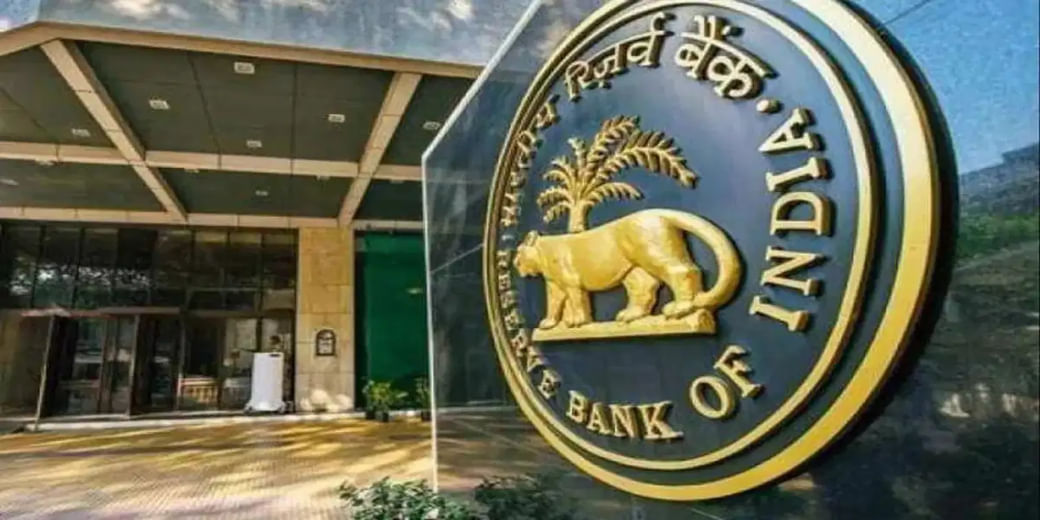Will your EMIs go up? Watch out for RBI meet
Fall in Indian inflation can be attributed to RBI, global factors as well as automatic stabilizers

All eyes are on the monetary policy meeting of RBI which is currently going on. RBI will announce its interest rate decision on 8th June. The general consensus in the market is that rates won’t be hiked. Regarding stance, some experts feel RBI will retain its ‘withdrawal of accommodation’ stance while there is some probability that it can be changed to ‘neutral’. RBI is indicating that its actions would be based on data so let’s have a look at some figures. Since May 2022 RBI has hiked the repo rate by 250 basis points to bring the repo rate to 6.5%. Liquidity surplus has reportedly fallen from Rs 7 lakh crore in April 2022 to Rs 2.4 lakh crore in June 2023. The inflation rate has fallen to 4.7% in April this year from 7.79% in April last year. GDP on aggregate level grew at 7.2% in FY23 which was more than expected. So in order to maintain balnce RBI may shift focus to growth.
Inflation across the world began by supply-side factors due to supply chain issues which were further aggravated by the Russia-Ukraine war. It was questioned that inflation is a cost-push (Due to supply factors) and RBI can control only the demand side. Still, we need to keep in mind that these supply factors led to higher commodity prices be it food items or crude oil, no doubt these are considered volatile elements that are removed from core inflation. However, they are easily visible to the common man so they drive the inflation expectations. Hence it was important to control the inflationary expectations of people.
It seems the fall in Indian inflation can be attributed to RBI, global factors as well as automatic stabilizers. As per the central bank’s report, RBI’s actions reduced inflation by 90 basis points. Financial tightening by central banks across the world impacted global demand which led to a fall in commodity prices at the same time supply conditions also improved. Besides this high inflation reduced purchasing power of Indian people so they reduced consumption which also aided the inflation reduction.
Now, given that inflation is cooling RBI is more likely to focus on growth. Headline numbers indicate 7.2% GDP growth in FY23 and there are some green shoots. HDFC reported that FMCG volume sales became positive even in rural areas, non-agri wages in rural area is improving. But the unemployment rate in the country has increased to 8.11%. Also, there is uneven recovery. High-end products and luxury items sales be it cars or houses are on a roll but for other items, situation is yet to improve. Consumer durable, and non-durables are yet to gain full traction. There is fear of El Nino.
HDFC reported that growth in the import of capital goods flattened. Which means there can be a hit on capital investment. Bank credit to industry is also reported to be in a downward direction. Consumer-facing companies expects demand improvement in a few months hence RBI would like to support growth and that sets the case for a pause in rate hike.
RBI has more breathing room than developed countries because they are closer to potential so they need to keep inflation around 2%. While the Indian economy has more breathing room so it can sustain at 4% inflation rate. This also means more printing of money by RBI than Fed. Central banks can control 2 out of 3 phenomena which is commonly known as the impossible trinity. Free movement of capital in and out of the country, monetary policy focusing on domestic issues and exchange rate.
RBI and the Indian government have a focus on free capital flow and domestic issues. So they leave the exchange rate to the market. In long run inflation is monetary phenomenon. So over long term until the Indian economy comes close to potential RBI would continue to print more money than Fed. Basically right now India needs some inflation for growth hence we have kept 4% target. So untill Fed has 2% inflation target and RBI has 4%. RBI would continue to increase money supply more quickly than Fed. This would drive the gradual fall in rupee (simple demand-supply). This trend is expected to continue in the long term. Even in the short term if the US economy remains tight then the market would feel Fed may increase interest rates and that can put pressure on the rupee.